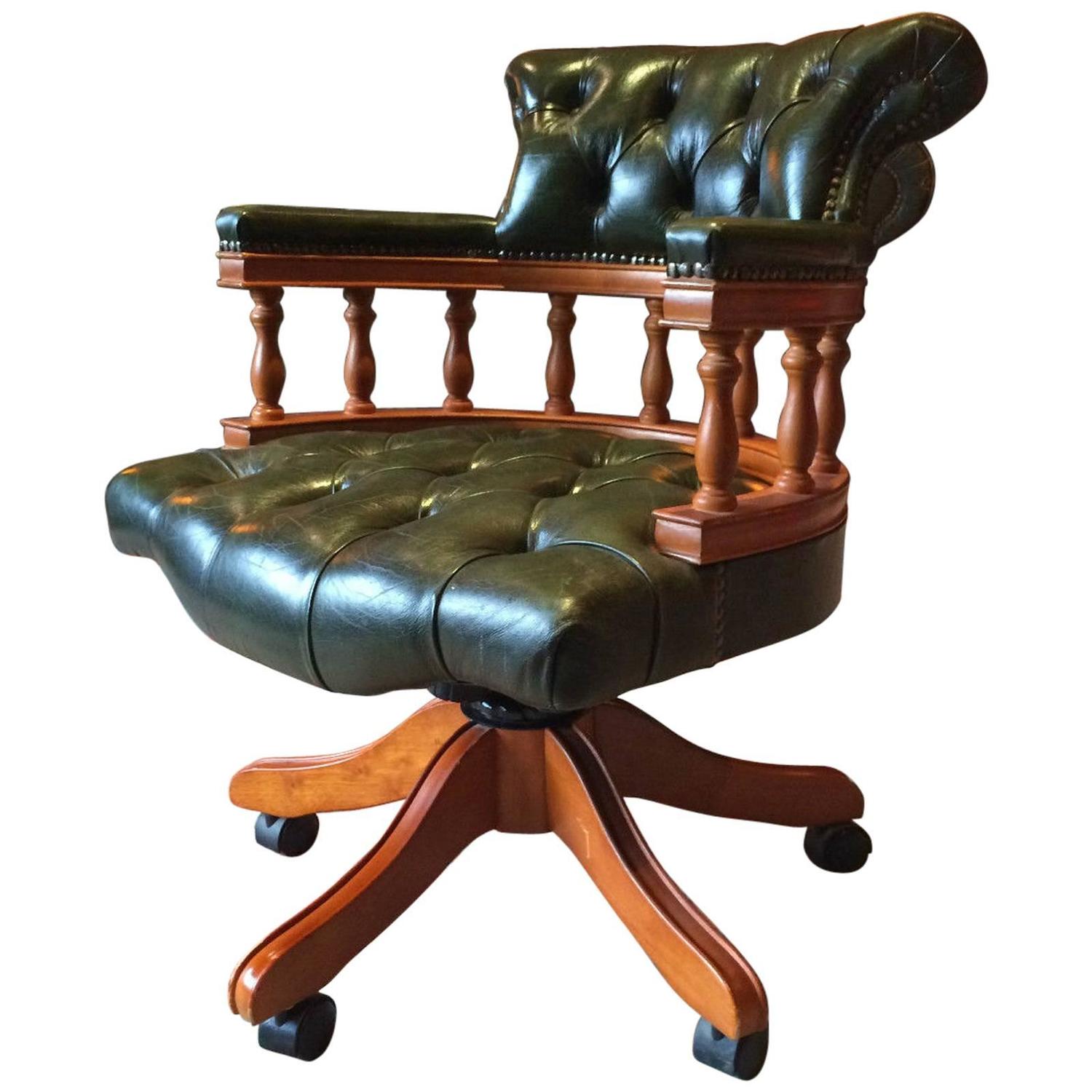Historical Context of Antique Desks and Captain’s Chairs: Antique Desk And Captains Chair

The allure of antique desks and captain’s chairs lies not just in their aesthetic appeal, but also in the rich history they embody. These pieces offer a tangible connection to past eras, reflecting evolving styles, materials, and societal values. Examining their evolution reveals fascinating insights into craftsmanship, design trends, and the lives of those who used them. This exploration delves into the historical context of these iconic pieces of furniture, tracing their development from the 18th to the 20th centuries.
Evolution of Desk Design
Desk design underwent a significant transformation from the 18th to the 20th centuries. Early 18th-century desks, often crafted from mahogany and walnut, were characterized by elaborate ornamentation and intricate marquetry. The iconic roll-top desk, with its hidden compartments and practical design, emerged in the late 19th century, becoming a symbol of the burgeoning office culture. Materials shifted as well, with the introduction of cheaper alternatives like oak and pine alongside the continued use of more luxurious woods. Notable makers like Thomas Sheraton, known for his elegant designs, and Duncan Phyfe, celebrated for his neoclassical style, significantly shaped desk aesthetics. The rise of mass production in the 20th century led to more affordable and readily available desks, often made from simpler materials and with less intricate detailing.
History of the Captain’s Chair, Antique desk and captains chair
The captain’s chair, a commanding and comfortable seat, boasts a rich history rooted in maritime tradition. Initially designed for use aboard ships, these chairs featured sturdy construction, often using dark, durable woods like oak or mahogany. Their high backs offered support and protection from the elements, while their often-swiveling bases allowed for easy movement on the often-cramped decks of ships. Over time, the captain’s chair transitioned from its naval origins to domestic and office settings, retaining its imposing presence but adapting to different needs and styles. Regional variations emerged, with American captain’s chairs often exhibiting simpler designs compared to their more ornate European counterparts.
Comparative Analysis of Antique Desks and Captain’s Chairs
The following table compares and contrasts the styles and functionalities of antique desks and captain’s chairs across different historical periods.
| Period | Desk Features | Chair Features | Notable Examples |
|---|---|---|---|
| 18th Century | Elaborate ornamentation, intricate marquetry, use of mahogany and walnut, often writing desks or secretaries. | High backs, sturdy construction, often made from dark wood, primarily used on ships. | Sheraton writing desks, Chippendale secretaries. Early examples of ship’s captain’s chairs. |
| 19th Century | Rise of roll-top desks, increased use of various woods including oak and pine, more mass-produced styles. | Increased use in domestic and office settings, variations in design across regions, some incorporating swivel bases. | Victorian roll-top desks, various styles of captain’s chairs reflecting regional preferences (e.g., American Shaker style versus English Victorian). |
| Early 20th Century | Simpler designs, increased use of cheaper materials, introduction of metal and other modern materials. | Continued use in offices and homes, styles influenced by Art Nouveau and Art Deco movements. | Early 20th-century office desks, captain’s chairs adapted to modern office environments. |
